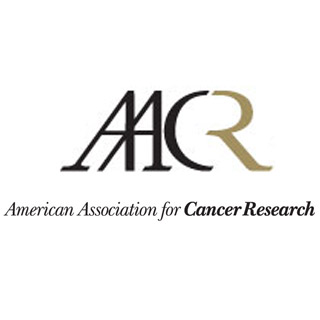
It was elucidated that mammographic density is the proportion of breast that appears dense on a mammogram. This apparently is one of the strongest risk factors for primary invasive breast cancer. Dense tissue on a mammogram may look white and non-dense tissue dark grey. Dense area probably contains breast ducts and connective tissue. On the other hand, non-dense tissue is usually fat. A prior investigation seemingly pointed out that DCIS patients showing higher mammographic density faced two to three times increased risk for a second breast cancer.
Laurel A. Habel, Ph.D., research scientist at Kaiser Permanente’s Division of Research, commented, “Information on mammographic density may help with treatment decisions for ductal carcinoma in situ patients,†she said. “While it’s not a strong enough risk factor on its own, it may be possible to combine it with other factors to improve risk assessment and inform treatment decisions.â€
A larger cohort study was conducted that encompassed 935 women with DCIS. These patients were treated with breast-conserving surgery and not a mastectomy, between 1990 and 1997 at Kaiser Permanente of Northern California. Investigators scrutinized medical records, assessed mammograms at diagnosis and then estimated chances of subsequent breast cancer events during follow-up. As a result, it appeared that risk of second breast cancer is increased among women with higher breast density.
Though elevated risk was observed for both breasts, increase was probably greatest and most consistent for the breast opposite to the one with initial cancer. Among the volunteers, 164 had a subsequent ipsilateral breast cancer, cancer on the original cancer-affected breast. 59 other participants registered a new primary cancer in the other breast during follow-up. Further investigations can be undertaken for affirming these risks and determine if data density can provide help for risk assessment and treatment options.
The study is published in Cancer Epidemiology, Biomarkers and Prevention, a journal of the American Association for Cancer Research.
